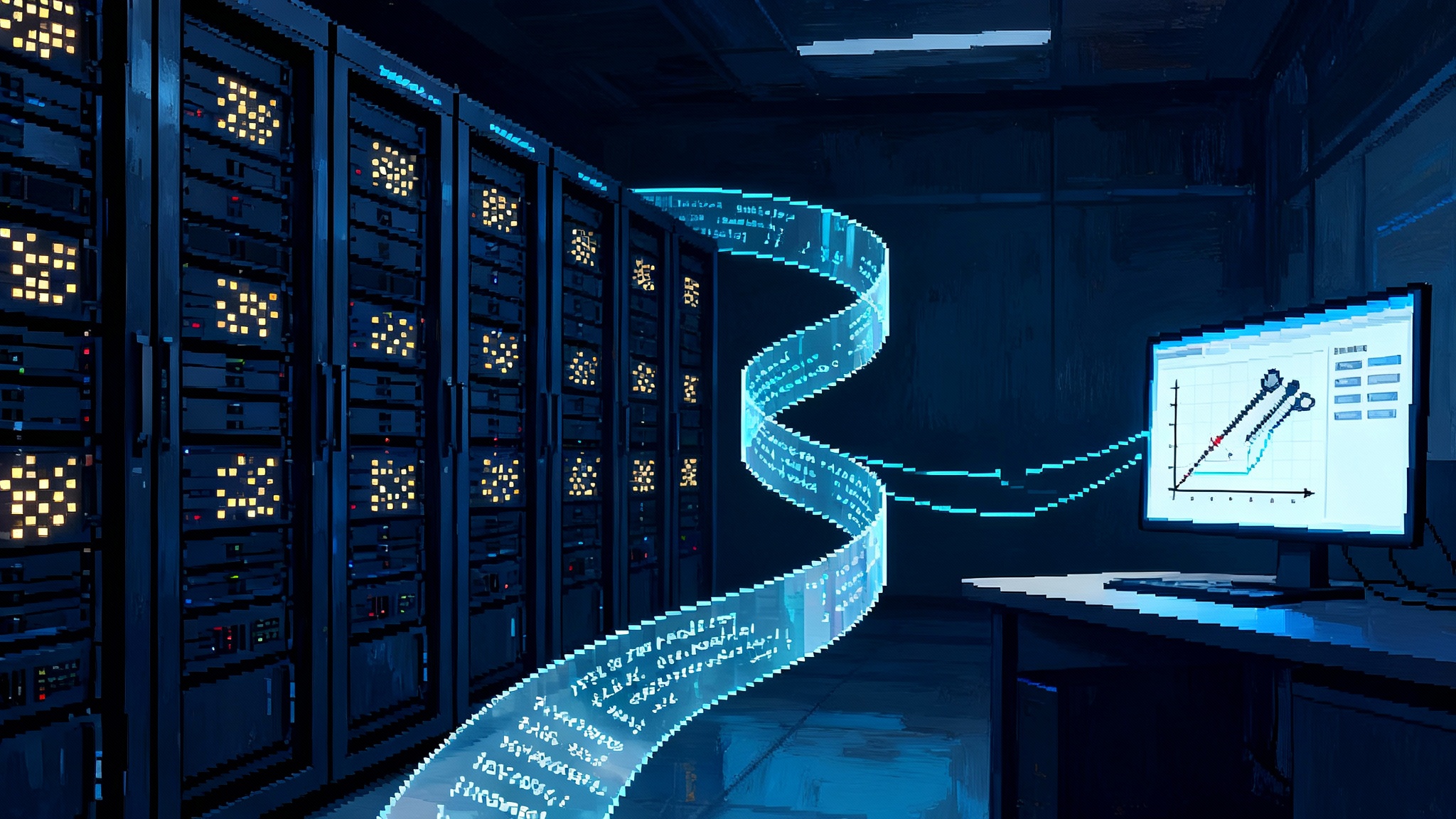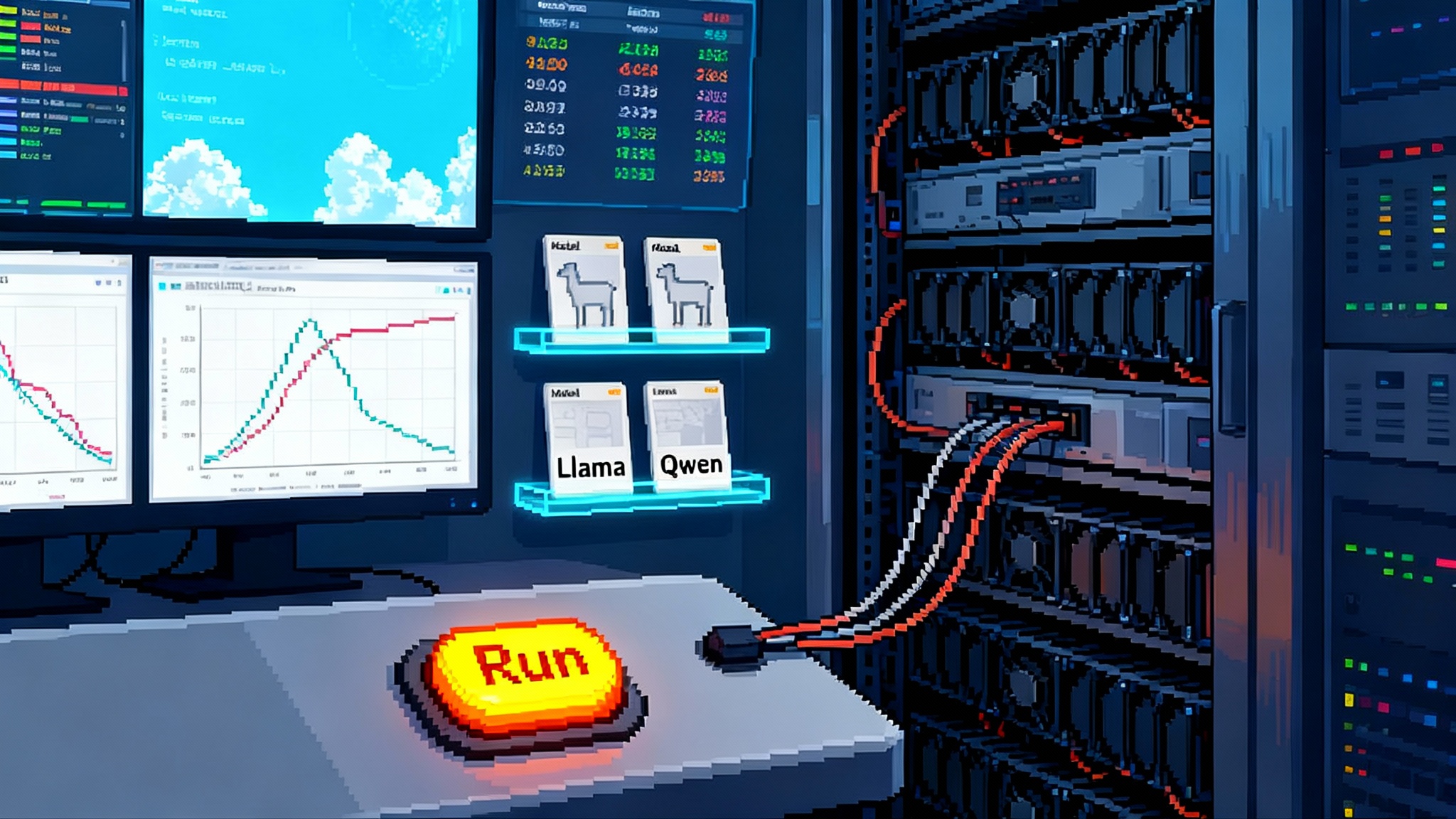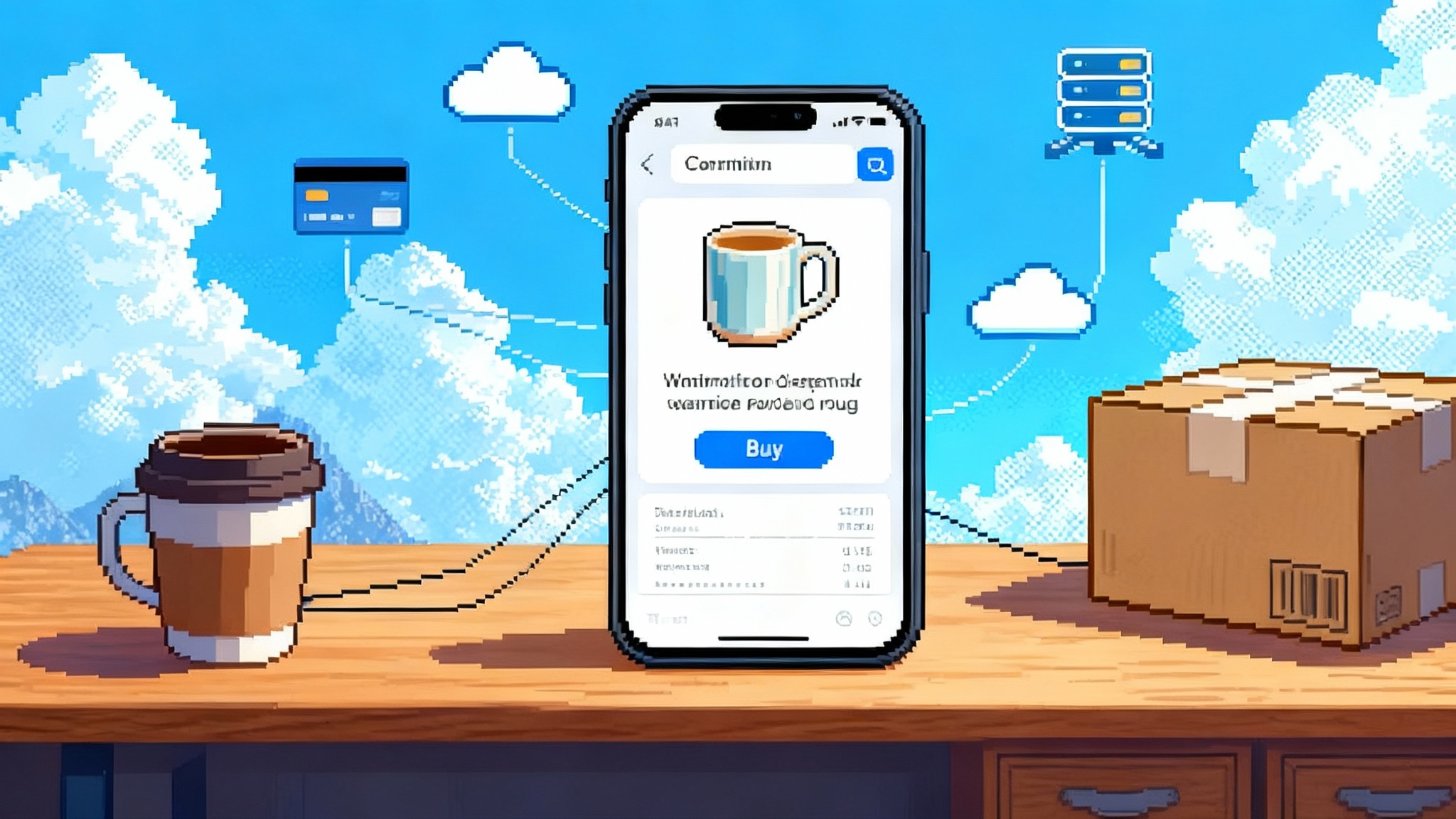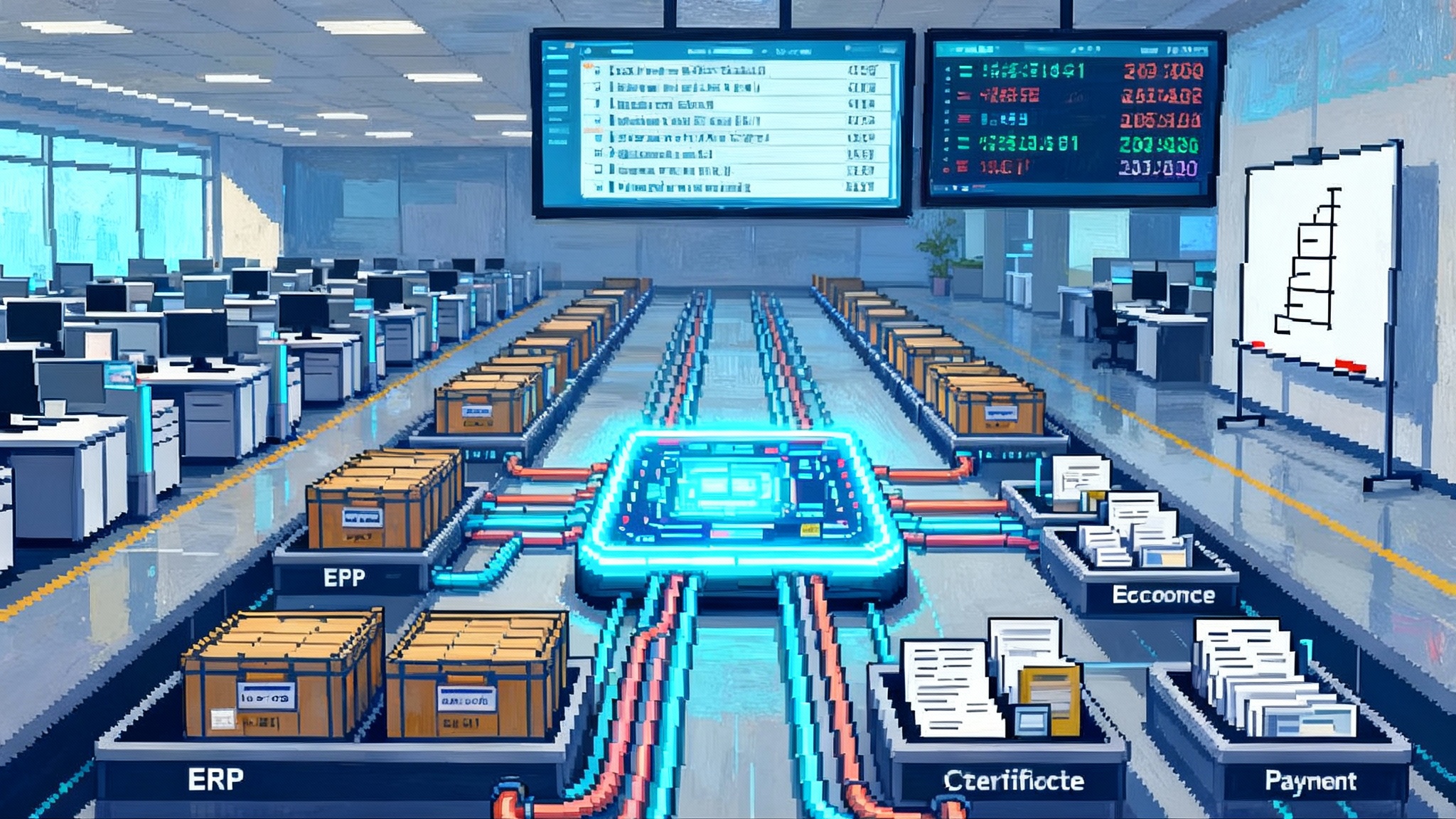WebexOne 2025: When Meetings Become Agent Operating Systems
Cisco used WebexOne 2025 to debut Connected Intelligence, a suite of AI agents that turn meetings into autonomous workflows. Here is what ships through 2026, how it connects to Microsoft 365, Salesforce, and Jira, and a build playbook to avoid agentwashing.
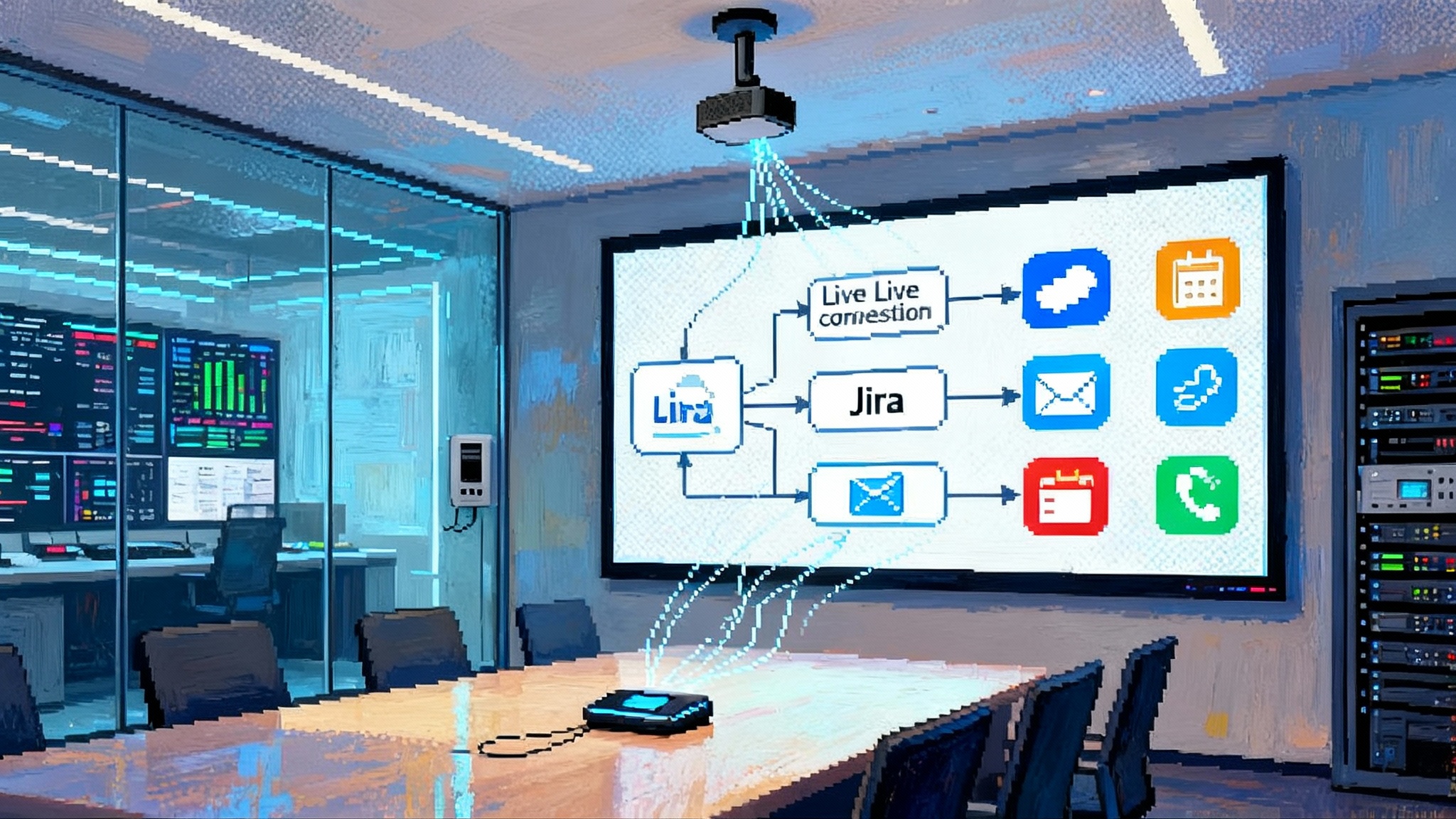
Breaking: meetings now run the work
On September 30, 2025, Cisco used its WebexOne stage to do more than add another meeting feature. It named a new center of gravity for enterprise software. Under the banner Connected Intelligence, Webex introduced a family of agents that do work before, during, and after the meeting, and an architecture to make those agents first class citizens across devices and apps. The headline is simple and consequential. Collaboration suites are becoming the operating systems for agents, with the meeting transforming from a calendar slot into an execution surface. As we argued in pocket AI sparks the ambient agent era, the interface is shifting from apps to agents anchored in everyday moments like calls and reviews.
At the heart of that shift are specific shippables, not just sizzle. Cisco outlined task, notetaker, polling, scheduler, and receptionist agents tied to a common control plane, along with device level upgrades in RoomOS 26. The company is also leaning into industry protocols for multi agent collaboration and deep integrations with business systems. The claims are backed by official announcements at WebexOne 2025, which set delivery windows across late 2025 and into 2026. For the enterprise buyer, the signal is clear. You can plan on agents that act across suites, respect policy, and produce measurable outcomes rather than one off magic tricks. See Cisco’s WebexOne news summary for the full scope of what is being productized in Cisco introduces next-generation collaboration.
From notetakers to operators: what actually ships
Let us translate product names into concrete capabilities and dates.
- Task agent. Reads meeting context and action items, then executes them. Typical actions include filing a Jira ticket with the right fields, updating a Salesforce opportunity, or drafting follow up emails and scheduling the next review. Cisco says this moves from pilots to general availability in the first quarter of 2026, with limited availability beginning in the final quarter of 2025 for select customers.
- Notetaker agent. Performs transcription, summarizes decisions, assigns owners, and links artifacts back to spaces and records. It will run on laptops and smartphones and is embedded in RoomOS 26 for Cisco meeting room hardware. General availability aligns with the first quarter of 2026.
- Polling agent. Listens for moments when a quick vote would unblock a decision, then proposes a poll, writes the questions, and posts to Slido for collection inside the meeting. Target availability is early 2026.
- Scheduler agent. Converts intent captured in summaries or chat into a proposed meeting, complete with attendees, suggested agenda, and time options based on calendar constraints. Preview starts late 2025, with staged general availability in early 2026.
- Voice receptionist for Webex Calling. Answers routine calls, authenticates callers when needed, schedules and transfers, and routes to the right queue. Limited release begins late 2025 ahead of broader rollout in 2026.
- RoomOS 26 and device intelligence. New capabilities include audio zones defined by ceiling microphones so side conversations do not pollute the transcript, digital twins of rooms for IT configuration, and agent access from dedicated panels. RoomOS 26 begins rolling out in the fourth quarter of 2025 on recent Cisco devices.
The most important piece sits underneath. Cisco is unifying these agents behind a control hub and a studio for creation, deployment, and governance. That is what turns a handful of assistants into a system. Instead of just capturing notes, the notetaker writes to a company record. Instead of just suggesting tasks, the task agent executes them with permission. Instead of today’s fragmented bots, you get a team of agents that can collaborate with each other and with human teams.
Why this is an operating system, not a feature
Think about your meeting as the command shell for work. An operating system provides process management, identity, memory, tool access, and an event loop. Collaboration suites are now assembling those same primitives for agents.
- Process management. The suite can start, pause, resume, and kill agents tied to a meeting or a space. You can route a task from the notetaker to the task agent, or escalate a receptionist conversation to a human.
- Identity and policy. Every agent acts as a named principal with scopes tied to a human, a team, or a room. Policies define what systems it may touch and how it handles sensitive data.
- Memory and context. The transcript, shared files, chat, calendar context, and prior decisions form a working memory that agents can read and write, with retention policies applied.
- Tools and drivers. Connectors to calendars, email, ticketing, customer relationship management, and knowledge bases act like device drivers for agents.
- Event loop. Meetings already have a heartbeat. Agents subscribe to events like turn taking, action item detection, slide changes, or customer intents, then act in near real time.
When those pieces click, you do not ask a notetaker to capture, you ask the system to close the loop on a decision. The experience shifts from meeting augmentation to workflow automation.
Interop that matters: Microsoft 365, Salesforce, Jira
Enterprises do not live inside one vendor. Cisco’s approach acknowledges that by investing in both direct product integrations and emerging standards for agent to agent cooperation. For a view of how Microsoft frames the same shift, see Microsoft makes agents real with 365 Premium.
- Microsoft 365 and Copilot. Cisco highlighted a bidirectional path between Webex and Microsoft Copilot experiences. In practice, a user in PowerPoint or Outlook can invoke Webex meeting insights and artifacts through Microsoft’s Graph connectors, while a user in Webex can draw on Outlook calendars or OneDrive files, subject to policy. This is a useful early blueprint for how one assistant speaks to another on behalf of the user.
- Salesforce. Webex already embeds into Salesforce for call, message, and meet across records. The agentic twist is that a task agent can file or update opportunities and cases using meeting context, not just link a transcript. That moves work from after the meeting clicking to real time updates with audit trails.
- Jira. Webex’s existing Jira bot brought notifications and basic create or update into spaces. The new pattern is intent to ticket. The system hears agreement on a bug fix, proposes a ticket with fields prefilled from the conversation, assigns the owner, and links the recording and notes. That is not a bot posting a card, it is a workflow that closes.
To make cross suite cooperation robust, Cisco is joining the broader push for shared protocols so agents in different clouds can coordinate with security and observability. Microsoft has been public about Agent2Agent, a protocol designed for secure, auditable agent messaging across platforms and clouds, with identity, policy enforcement, and full logs. That is the kind of plumbing this market needs if a Webex agent is going to delegate to a Copilot or vice versa. Read Microsoft’s description of the approach in Empowering multi-agent apps with A2A.
Cisco is also aligning on Model Context Protocol to standardize how tools, data sources, and context are described to agents. The headline for buyers is simpler. Interop is not a marketing checkbox. It is the difference between a note that says “file a ticket” and a ticket that is already filed correctly in Jira with links back to the meeting.
The next four quarters: realistic timeline
Here is how to plan rollouts based on the current roadmap.
- Q4 2025
- RoomOS 26 starts shipping on supported devices.
- Early access for scheduler and task agent in selected tenants.
- Bidirectional data access patterns with Microsoft 365 begin appearing in controlled environments.
- Q1 2026
- Task, notetaker, polling, and scheduler agents begin general availability in stages, with usage controls in Control Hub.
- Webex AI Agent Studio adds templates for multi agent choreography and policy bindings.
- Salesforce and Jira action packs, including prebuilt field mappings and error handling, roll into standard builds.
- Early to mid 2026
- Multi agent collaboration through Agent2Agent and Model Context Protocol patterns is enabled for enterprise tenants that opt in to cross cloud agent exchanges.
- Expanded language coverage for transcripts and summaries, plus more granular retention and export policies for regulated industries.
Dates move, so design pilots that create value even if some features slip a quarter. Focus pilots where a single agent can complete the loop using systems you control today.
The build playbook: cross suite, policy bound agents with real ROI
Agentwashing is real. You can avoid it by treating your collaboration platform like an operating system and shipping thin, reliable workflows. Here is a practical playbook.
- Start with one closed loop
- Pick a workflow where the same team owns both the conversation and the system of record. Examples: bug triage meeting to Jira ticket, renewal review to Salesforce opportunity update, incident review to a runbook change in your configuration repository.
- Define done with a screenshot. A workflow does not count unless the agent results in a new or updated record with the correct fields, owner, labels, and links back to the meeting.
- Script the policy, not the prompt
- Create a policy contract for the agent. Include identity scope, allowed actions, data boundaries, retention, and escalation paths. Put it in version control.
- Use role accounts where possible. An agent should act as a service identity with least privilege, not as a person with broad rights. Rotate secrets and use just in time access for privileged actions.
- Instrument from day one
- Add telemetry to every agent action. Capture success and failure codes, latency, and the user who approved the action if required.
- Set explicit service level objectives for agent tasks. For example, 95 percent of Jira tickets must be created with the correct template and labels within 30 seconds of decision capture.
- Keep the human in the loop where it pays
- Use staged autonomy. Start with suggest mode, then one click approve, then auto with rollback. Gate by confidence and by data type. You can auto file low risk work like a documentation task but require approval for anything that touches production.
- Offer side by side diff views. When an agent updates a Salesforce field or Jira description, show the proposed change before commit.
- Budget the model and the minutes
- Price both inference and meeting minutes. If the notetaker runs on every cross functional review, the budget impact is real. Cap high cost modes and provide an off switch per meeting.
- Cache context. Reuse meeting embeddings and prior summaries so agents do not re read the same hour of audio five times.
- Build for failure, rehearse recovery
- Create playbooks for common errors, like permission denied, rate limits, or schema mismatch. The agent should propose a fix, not just fail.
- Add a safe abort. Allow any participant to type a keyword that pauses all agent actions and opens a review panel.
Architecture reference: the agent control plane for collaboration
Use this simple blueprint to organize your implementation.
- Event bus for collaboration. Source events from meetings, chat, documents, and calendar. Normalize them and publish to a message queue with a retry policy.
- Context store. Maintain transcripts, summaries, decisions, and artifacts with retention and access labels. Use vector search for retrieval, but also store structured fields for direct lookups.
- Policy engine. Evaluate every agent request against identity, scopes, data sensitivity, and action allow lists. Log decisions with reasons.
- Tool adapters. Build connectors for Salesforce, Jira, and email as idempotent actions with timeouts, backoff, and compensating transactions.
- Orchestrator. Route work to specialized agents. Enforce concurrency limits and roll up metrics by tenant and workflow.
- Audit and observability. Emit human readable logs for every action, store prompts and tool calls where allowed, and expose dashboards with error budgets and cost per workflow.
If you are in a Microsoft 365 heavy shop, plan for a world where a Webex agent asks Copilot to perform a SharePoint action, or Copilot asks a Webex agent for meeting insights. Protocols such as Agent2Agent make that secure and observable, which is exactly what risk teams will require before enabling cross cloud delegation at scale.
Three pilot patterns you can ship this quarter
- Bug triage to Jira in minutes
- Trigger. The notetaker flags the phrase “we will fix this” or detects a decision with an owner and due date.
- Actions. Task agent drafts a Jira issue using a template mapped to the team’s project. It assigns the owner mentioned in the transcript, links the recording with a timestamp, and posts a summary back to the space.
- Policy. Issues created without an owner are routed to a staging list. Any ticket touching a high risk component requires one click approval from the tech lead.
- ROI. Track creation latency, rework rate on fields, and time to first comment. A good pilot reduces back and forth and eliminates missing tickets.
- Renewal review to Salesforce opportunity hygiene
- Trigger. The meeting contains a forecast decision or a change to stage or close date.
- Actions. The agent updates stage, next step, and close date, attaches the summary, and drafts a follow up email. If a discount was discussed, it creates an approval task with prefilled fields.
- Policy. Any change to price requires approval. The agent only acts on opportunities owned by the meeting participants’ group.
- ROI. Measure time saved per deal update and forecast accuracy deltas.
- Incident review to runbook update
- Trigger. A decision to change a playbook or service level indicator.
- Actions. The agent opens a pull request in the runbook repository with the proposed change and links back to the exact moment in the recording where the decision was made.
- Policy. Required reviewer must be on the on call rotation. Auto merge only for changes that do not touch production actions.
- ROI. Count merged runbook changes per incident and mean time to adopt the fix.
How to scrutinize vendor claims and dodge agentwashing
Use this checklist to separate substance from slides.
- Can the agent complete a loop across systems without a human touching a field, and can you see the audit trail in both the collaboration suite and the system of record?
- Is there a policy contract where you declare identity, scopes, data boundaries, allowed actions, and retention, and can you version it?
- Does it support staged autonomy, including suggest, approve, and auto with rollback, and can you set thresholds by data type?
- Are there prebuilt action packs for Salesforce and Jira with schema mapping, or are you expected to write ad hoc glue code?
- Can it interoperate with Microsoft 365 Copilot or other assistants using secure, observable protocols, or is it a silo?
- Do you get cost and latency per workflow, not just per user metrics?
- What is the failure mode when permissions or schemas change, and does the agent propose fixes?
If a product cannot answer those questions, it is not ready to be your agent operating system.
The competitive map
Cisco is not alone. Microsoft is evolving Copilot into a front door for agents that live across Azure and third party clouds. Zoom has reframed its suite as a productivity ecosystem with meeting assistants that act on follow ups. Slack continues to push lightweight automation and generative assistance that lives inside channels. Google is putting its Gemini models into Workspace with task and meeting features that can act. For a view of long running agents in production, see durable AI agents arrive. The difference right now is how hard each is pushing toward a true operating system shape. The leaders are the ones investing in identity, policy, tool adapters, and interop standards, not just clever summaries.
What to do next
- Pick one pilot from the three patterns above and ship it in six weeks. Operate it for a month, then make the go or no go call to scale.
- Establish a cross functional agent review board with representatives from security, legal, and operations. Give them the policy contract template and an approval checklist.
- Build a minimal agent control plane on top of your collaboration suite. Start with an event bus, a policy evaluator, and connectors for Salesforce and Jira. Add dashboards for success, failure, and cost.
- Write down your red lines. For example, no cross tenant data movement without legal review, or no auto changes to customer records above a dollar threshold.
The timeline through 2026 is your window to move from trials to durable advantage. Enterprises that treat collaboration suites as the operating systems for agents will bank real hours, cleaner records, and faster decisions. Those that wait will be left with a scattered set of bots that talk a lot but do not close the loop.
Closing thought
We used to ask whether an assistant could take good notes. Starting this year, the better question is whether your meeting can run your workflow. With Connected Intelligence, Cisco has put a stake in the ground and a ship schedule on the calendar. The next twelve months will determine whether your suite is a place to talk or the operating system that gets work done.
